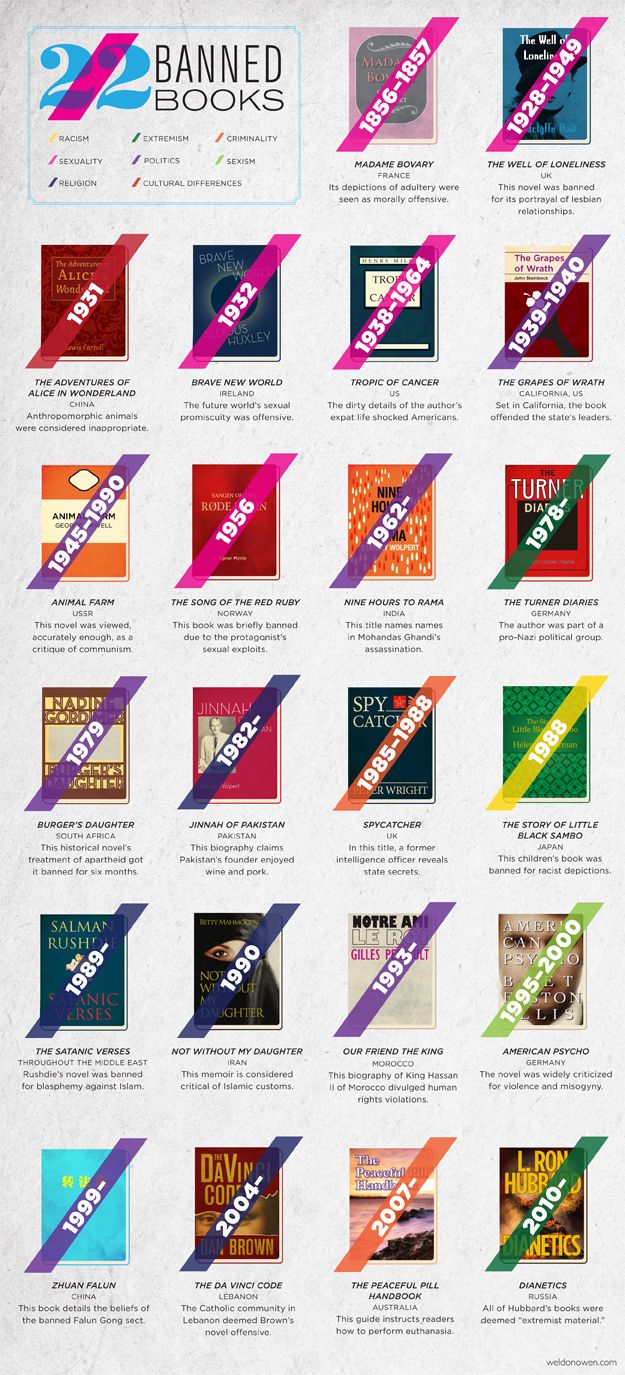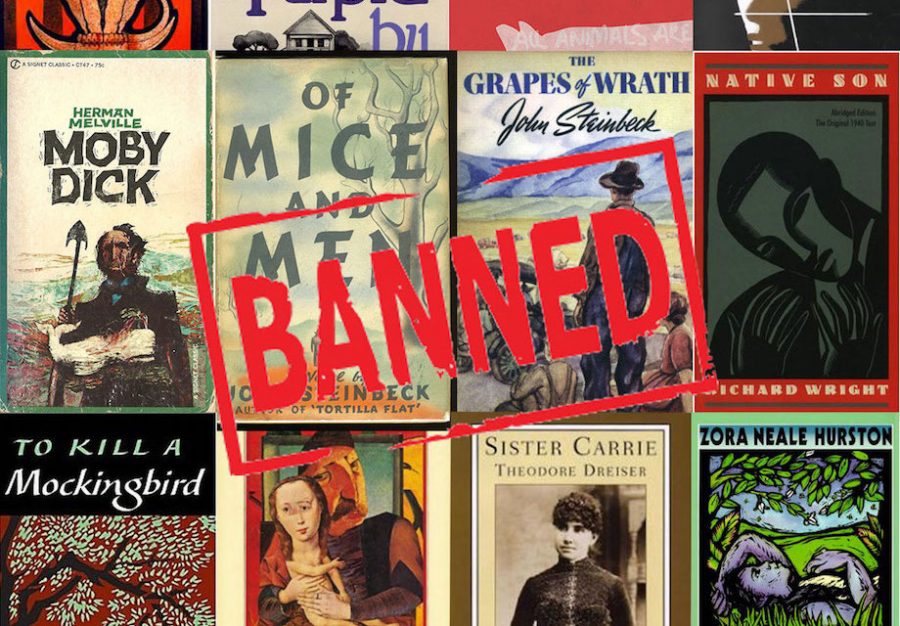

It is illegal to own or distribute existing copies. In Austria, the Verbotsgesetz 1947 prohibits the printing of the book. Īll of Einstein's works published up to 1938 were banned in Austria, after it was annexed by Nazi Germany. Īll of Marx's works were banned in Austria after the country was annexed by Nazi Germany. īanned by the authorities in the Austrian territories ruled by the Habsburg monarchy.
/GettyImages-148199155-c795aad492e24770ba100443ef42c6ac.jpg)
Light novel volumes banned in Australia due to depiction which "in a way that is likely to cause offence to a reasonable adult, a person who is, or appears to be, a child under 18". The book was initially restricted in Australia: after review the 2007 edition was banned outright. īanned by the New South Wales Department of Education and Communities from state schools May 6, 2015, on the basis of a "potential risk to students in the delivery of this material, if not taught sensitively and in an age appropriate manner." The ban was lifted May 18, 2015. Sale restricted to persons at least 18 years old in the other Australian states. Now available in public libraries and for sale to people 18 years and older. Sale and purchase was banned in the Australian State of Queensland. Īn example of a class of books banned in Australia that "promote, incite or instruct in matters of crime or violence". īanned in Australia from 1967 until 1973. The Literature Censorship Board described it as "continually smeared with indecent, offensive and dirty epithets and allusions," but recommended that the book remain available to "the serious minded student or reader." The ban was lifted in May 1966. īanned in Australia by the Commonwealth Customs Department in February 1963. īanned by Australia in 1945 as "a collection of bawdiness, amounting to sex obsession." īanned shortly after its ban in Ireland in 1958. īanned in Australia because of customs belief that it "lacked sufficient claim to the literary to excuse the obscenity" īanned in Australia from 1932 to 1937. įirst edition published as a novel, second edition banned by the military censor in Australia under regulations of the War Precautions Act 1914. īanned for obscenity from 1901 to 19 to c.1973. īanned by the Australian Government in 1957 for obscenity. Libraries sometimes avoid purchasing controversial books, and the personal opinions of librarians have at times affected book selection.īanned in Australia from 1927 to 1936 and from 1938 to 1973. In some libraries, a special application may be needed to read certain books. In many libraries, including the British Library and the Library of Congress, erotic books are housed in separate collections in restricted access reading rooms. This is usually the result of complaints from parents, who find particular books not appropriate for their children (e.g., books about sexual orientation such as And Tango Makes Three). ĭespite the opposition from the American Library Association (ALA), books continue to be banned by school and public libraries across the United States. Many countries throughout the world have their own methods of restricting access to books, although the prohibitions vary strikingly from one country to another. In many territories, distribution, promotion, or certain translations of the Bible have historically been prohibited or impeded. Russian literature prohibited during the Soviet period was published outside of Russia. Ruedo ibérico, also located in Paris, specialized in books prohibited in Spain during the dictatorship of Francisco Franco. Both of these, the work of father Jack Kahane and son Maurice Girodias, specialized in English-language books which were prohibited, at the time, in Great Britain and the United States. The best-known examples are the Parisian Obelisk Press, which published Henry Miller's sexually frank novel Tropic of Cancer, and Olympia Press, which published William Burroughs's Naked Lunch. Since there are a large number of banned books, some publishers have sought out to publish these books. Banned books include fictional works such as novels, poems and plays and non-fiction works such as biographies and dictionaries. This article lists notable banned books and works, giving a brief context for the reason that each book was prohibited. The practice of banning books is a form of censorship, from political, legal, religious, moral, or (less often) commercial motives.

RECENTLY BANNED BOOK FREE
A display of formerly banned books at a US libraryīanned books are books or other printed works such as essays or plays which are prohibited by law or to which free access is not permitted by other means.


 0 kommentar(er)
0 kommentar(er)
